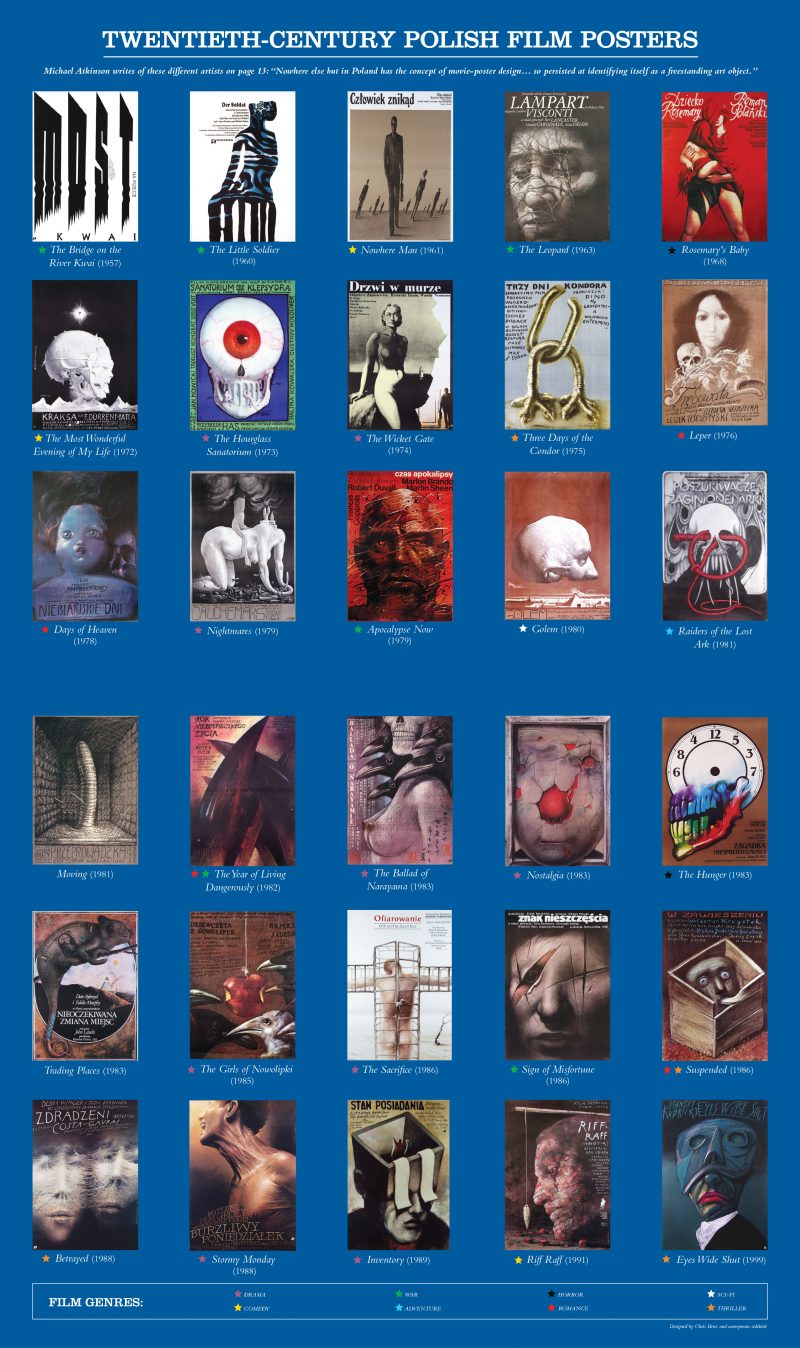Dismiss me as a philistine, but it seems to me the aesthetic claim of the movie poster as art object is pretty easy to make, easy to love, and easy to summarize. Though they are industrial images produced by marketing departments and intended only for sales purposes, they are full-throated singings of the folk ballad of cinema, of alternative-universe thrills and swoons and transportations. But they perform this function inadequately, at a poignant remove, stuck expressing its obsolete present moment like a drifting radio signal. A poster’s commercial purposes are instantly transmuted, upon creation, into an evocation of another, otherworldly experience—they’re the Transfiguration icons daring to literalize in purely symbolic terms the supernatural emotionalism of movies. Not a good film or a bad film, but the basic, plastic, semiconscious there-ness of movies. Will you share the epiphanic bliss a poster promises, or will its holiness fail to touch you? They are devotion, but also evangelism. The essentiality of such a poster is not representation of something else, nor is it, completely, “the thing itself”; rather, it is a mysterious third path, a never-ending dialogue between the film, the image, the pitch, our hopes, and our memories. Posters are modest, they are not the product of an artist’s hermetic purpose, they are reproduced works visually consumed by us as a society, rather than merely by single art-appreciators or collectors. They are an explicit expression of a universal yet mythic past, although they seek—often unsuccessfully, also poignantly—to sublimate themselves in favor of the movies they glorify. Mad for their generous personality and their intimate relationship with the culture to which they speak, I’d rather look at movie posters than original artwork, ancient or contemporary. Sometimes, I prefer the poster to its film.
The “schools” of “one-sheet” posters have, of course, varied by era and by country: the diagonal-blitz screaming-tabloid design of the American ’40s and ’50s, the jelly-bean-colored-and-patterned chaos of the late-century Japanese, the fluorescent romance-paperback tableaux of contemporary Bollywood, and so on. To what degree a poster’s orthodox adherence to the tastelessness and shrillness endemic to the form disturbs you is a strictly personal matter; I, for instance, have no great love for the Hollywood monster-movie posters of the mid-century, but will fall into a swoon for a Mexican wrestling-monster poster twice as loud and crude. Often, an element of demented mystery is the entrancement—as if some posters extol the virtues of crazy movies that do not exist, or would not in a sane world.
Pulp form, thumbnail allusiveness, hyperbole, uncouth syntax—this much we all understand about movie posters, truly a public art form only Papuan tribesmen could claim to...
You have reached your article limit
Sign up for a digital subscription and continue reading all new issues, plus our entire archives, for just $1.50/month.
Already a subscriber? Sign in





